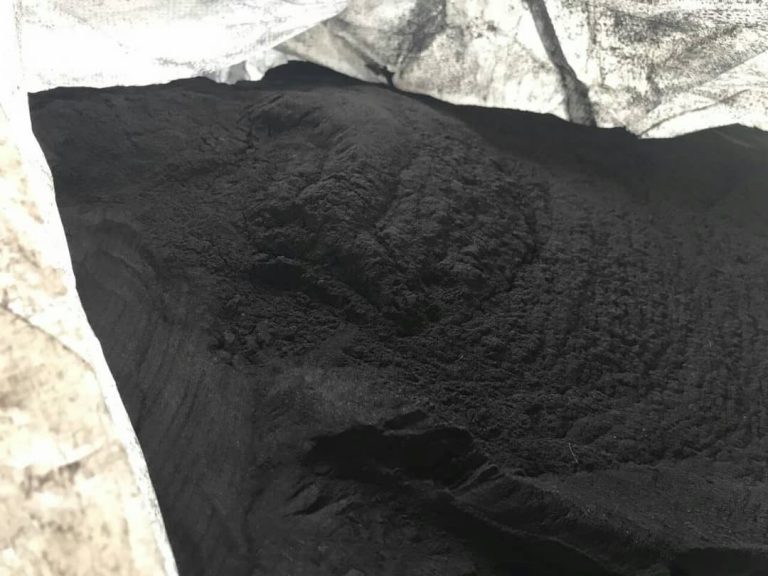
Analysis of Gilsonite in Offshore Shale Stabilizer
The laboratory analysis of four water-based muds (WBM) compared two blends of treated Gilsonite with sulfonated asphalt, which is a widely used shale stabilization and fluid loss control agent. In the series of tests, lignite/lignosulfonate, KCl, PHPA, and lime-based drilling fluids were examined on a triaxial tester that specifically evaluates the influence of drilling fluids on shale stability under simulated downhole conditions of stress and fluid flow. Depending on the WBM analyzed, the sample muds treated with naturally occurring gilsonite exhibited either marked improvement or equal performance with respect to shale stabilization and fluid-loss control.
Over the years, the development of a WBM that approaches the shale inhibition and other high-performance characteristics of oil and synthetic-based muds has been the long-sought “holy grail” of the drilling fluid industry. While invert emulsions typically are the systems of choice for technically challenging applications, particularly when the targeted formations contain highly reactive shales, their comparatively high unit costs, ever-tightening environmental regulations, logistical issues, and other limitations have spurred the industry to seek alternative aqueous fluid systems.
Advantages of Gilsonite in Offshore Shale Stabilizer in deepwater
While strides have been made to develop high-performance aqueous systems, R&D efforts continue to focus on cost-effective and environmentally acceptable additives that are proficient in inhibiting water-sensitive shales, thereby preventing the bit balling, accretion, wellbore instability, and low rates of penetration (ROP) resulting from poor shale stabilization. The latest test results verified the capability of Gilsonite as an effective and competitive option to both control fluid loss and inhibit reactive shales.
Comparison of the reduction in erosion and swelling on cores of KCl, lignite, and PHPA water-based drilling fluids tested at 375°F. A high-temperature gilsonite blend was compared to cores from the base fluid and sulfonated asphalt.
Gilsonite is a naturally occurring glossy black asphaltic, solid hydrocarbon resin with a low specific gravity. Various industries have used the material for years as an additive in carbon black dispersing agents, hard resin printing inks for newspapers and magazines, asphalt modifying agent for road paving, and as an additive in sand molds used by the foundry industry.
For more than 60 years, it also has been used in the E&P industry as a versatile additive for cementing slurries and drilling fluids, including use as a fluid loss additive in oil- and synthetic- based drilling fluids.
In some cases, blended gilsonite additives have been documented as saving as much as $1 million per well by resolving differential sticking and consequences of borehole instability, while also reducing torque and delivering exceptional lubricity in deviated wells. Further, gilsonite is non-carcinogenic, thereby delivering HSE advantages compared to sulfonated asphalt and some other shale stabilization blends.
Filtrate invasion is problematic in water-based drilling fluids in that it can destabilize shales and cause myriad drilling problems, including borehole enlargement, stuck pipe, sloughing shale, and excess bridging during trips. Specially treated Gilsonite grades has proven effective to eliminate or reduce filtrate invasion in aqueous drilling fluids in both offshore and onshore applications.

